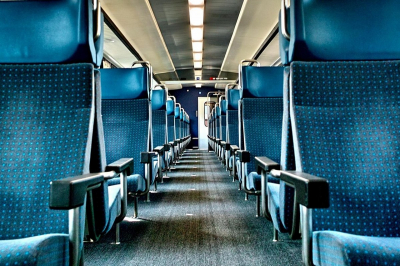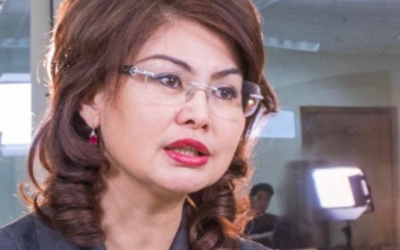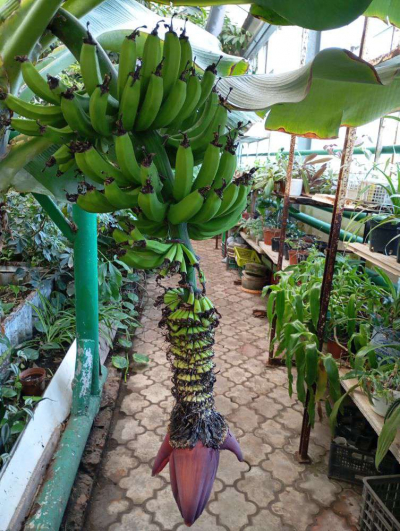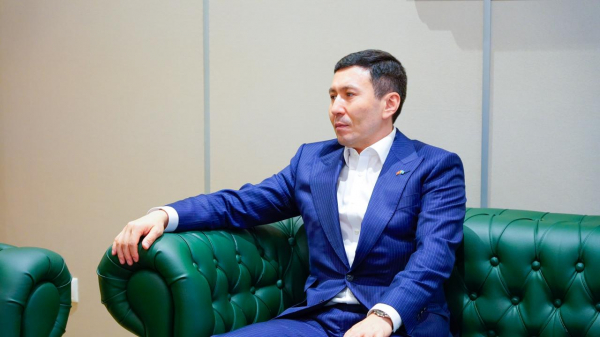
Zhakupov talks projects, privatization, and tariffs
In February, President Kassym-Jomart Tokayev issued a policy statement on the liberalization of the economy. The main provisions included a broadly-defined privatization, a reform of the quasi-public-sector, and reduced price controls. Vlast interviewed Nurlan Zhakupov, CEO of Samruk-Kazyna, the country’s sovereign wealth fund and holding company. Zhakupov discussed the fund’s changing role in the economy and why tariff increases are inevitable.
What was the rationale for the creation of Samruk-Kazyna in 2008?
I believe it was a wise decision to unite quasi-public-sector companies into a single fund. The primary goal was to appreciate the value of the companies under our management over the long term.
The government regulates and implements countrywide social policies, so it never operates with profit in mind. That is where Samruk-Kazyna comes in.
As an example, Samruk-Kazyna owns 100% of Kazakhstan Temir Zholy (KTZh), the national railway company. We are working to make KTZh profitable so it can pay dividends to our single shareholder, the government, which can then use these proceeds to fund the national budget. Additionally, we use part of the profit for debt servicing, modernizing existing infrastructure, expanding bottlenecks, and building new railroads.
What if KTZh were directly subordinate to the government? Let’s take what happened before the New Year. One of the regional governors said: "I need to increase the frequency of passenger train services from Astana to my regional capital before the New Year. Currently, there is only one service per week, but due to the New Year, we need more." To which I responded, "It’s economically impractical for us. Unfortunately, the demand on your route is very low. We are willing to accommodate if there are subsidies from the relevant ministry." If KTZh were owned by any of the ministries, it would not hesitate to add extra trains and then bill the ministry of finance without a second thought.
Since the government is at once a shareholder of the fund, and a regulator, and the main institution responsible for social policies, there is always a conflict of interest. For example, QazaqGaz buys gas at one price, but sells it to the population below cost. We constantly argue with anti-monopoly authorities about the fair price of gas. For QazaqGaz to maintain the gas transportation infrastructure in proper conditions, we need a fair tariff that covers at least the basic cost. However, on the other side of the coin, the social aspect is important. An increase in gas prices may negatively affect some segments of the population and companies accustomed to current prices.
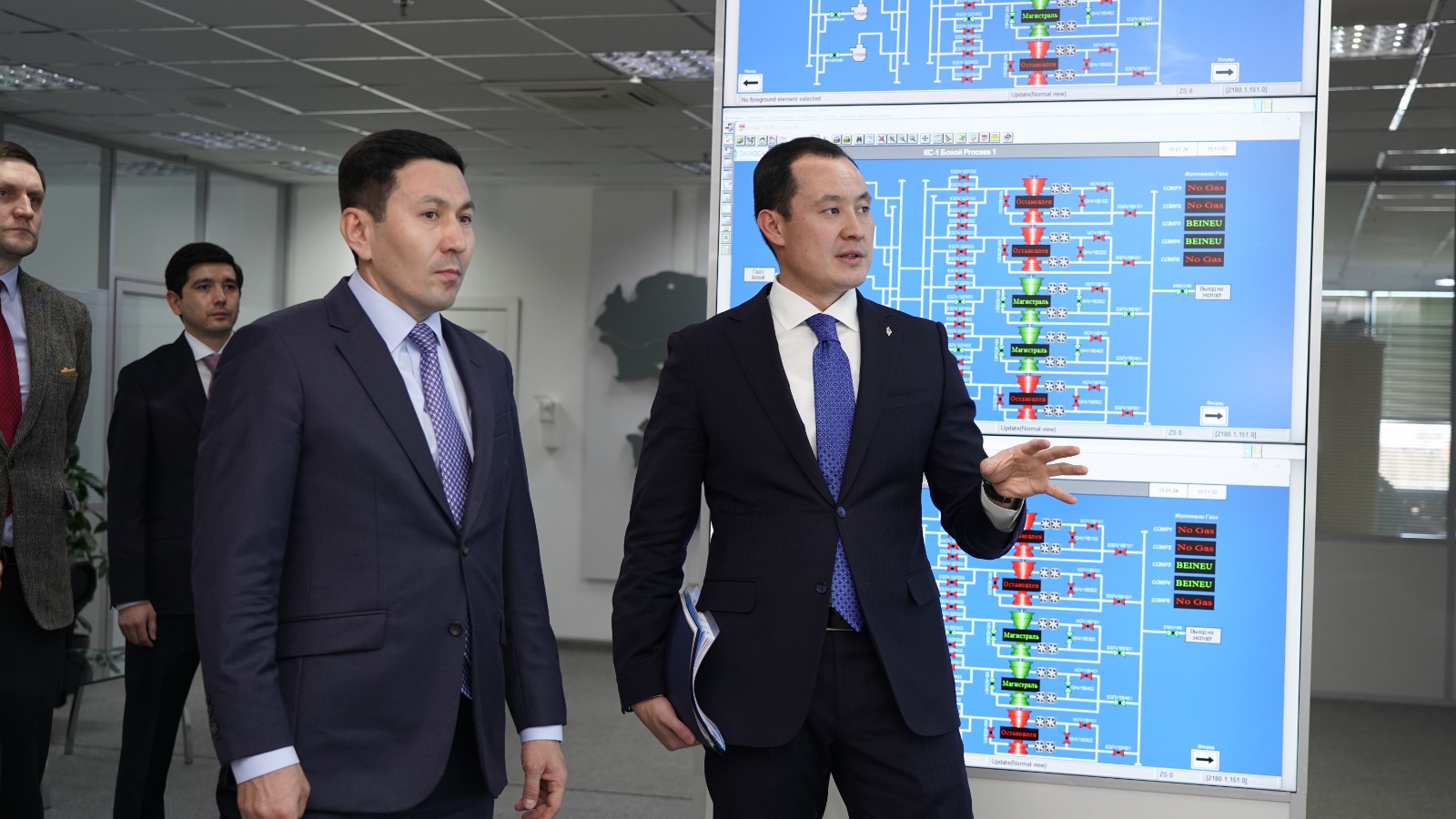
Speaking of conflicts of interest, Samruk-Kazyna’s three strategic goals are to 1) improve internal processes at the companies in its portfolio; 2) to invest in new companies, and 3) to privatize assets to reduce the state’s share in the economy. The first two objectives focus on retaining and increasing assets under management, while the third aims at reducing them. How can these different policies coexist?
If taken out of context, these three components might indeed give that impression. To me, everything seems logical. As I mentioned earlier, our task is to increase the long-term value of the fund’s assets through better standards of corporate governance. This leads to the optimization of certain expenses and, ideally, should result in higher efficiency.
In this context, investments here also appear quite logical. We have transportation, logistics, and petrochemical potential, for example. Kazakhstan sets itself the task of moving away from raw material-oriented economy towards higher added value sectors. We are developing the petrochemical industry as a new outlet for the oil and gas industry. In Atyrau, our subsidiary Kazmunaigas launched a project to produce polypropylene in 2022. Commissioning has recently been completed, and this massive stage will soon start production of polyethylene.
In parallel, we are developing this strategic goal with our foreign partners through the “Butadiene” project. They have a payback period of five-to-seven years. From the eighth year onwards, on average, our projects should generate profits for us and our partners.
Regarding the reduction of the state’s share in the economy: First, we have a number of non-core assets that we sell off, without impacting our financial stability; Second, entering the stock markets. If we now sell a 20% stake in KTZh or QazaqGaz on the stock market, we will obtain money that we can invest in projects that increase the profitability of the fund’s companies and, accordingly, their overall value. This also promotes higher transparency and corporate governance standards since listed companies are held to the highest level of information disclosure.
Therefore, I do not see any conflict of interest here.
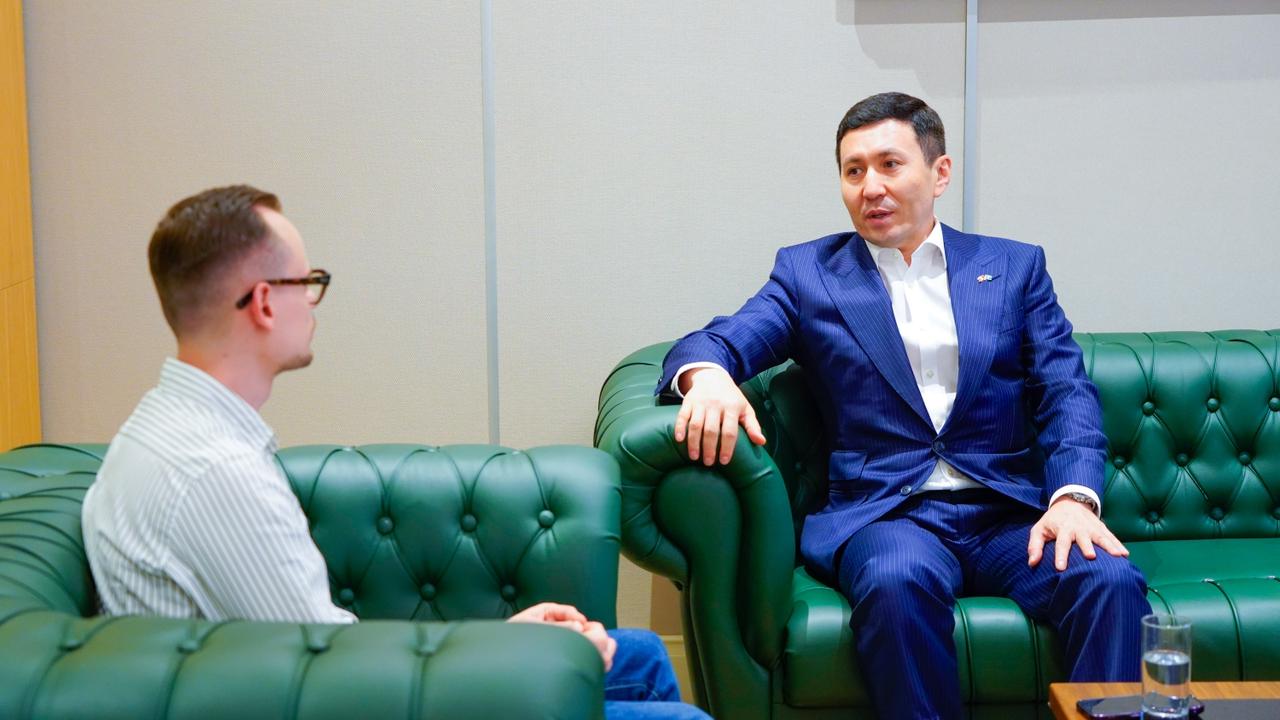
The president constantly calls for Samruk-Kazyna to reduce its share in the economy. Yet, as time goes by the largest 13 portfolio companies remain under your control. While you carry out IPOs, the offerings only concern small stakes. Faced with criticism, you still prefer the state to remain the main owner of these assets. Why is that?
The notion that we hold assets comparable to half of Kazakhstan’s economy is a misconception. At the end of 2023, our assets totaled around $80 billion, while our GDP was about $260 billion. So, the fund’s assets are approximately 30% of the GDP.
The government has done substantial work to reduce its presence in the economy. Yes, we remain the key shareholder of the top dozen companies, but we don’t fully own all of them. In particular, I am referring to Kazakhtelecom and Kazatomprom. In Air Astana, our share is 41%.
We cannot blindly follow the slogan that “state ownership and management is not effective, compared to private businesses”. There are successful cases of governments showing excellent results in managing companies.
The state’s involvement was necessary because policies in these business sectors should be conducted in the interests of all citizens.
What is ultimately more important for the fund: increased profitability of its portfolio companies or the social aspect? From what perspective do you set up your strategy?
The law on the fund clearly states that the main goal of the fund is to increase the value of assets under our management. But that does not mean that we recklessly pursue super-profits. We are a law-abiding and socially responsible corporate citizen.
Every year, through our subsidiary non-profit organization, Samruk-Kazyna Trust, we provide charitable assistance of around 10 billion tenge ($22.5 million). We focus on inclusion and run rehabilitation centers for children with special needs. By the end of 2024, we will operate 50 such centers.
You share the opinion of many analysts that prices for utilities and services are not at a fair level right now. Why is this the case? How quickly should tariffs be raised so that prices are balanced?
We do not receive any subsidies, in fact, we subsidize the economy of Kazakhstan to the tune of about 1.2 trillion tenge ($2.7 billion) every year. Last year, for example, KTZh, like other companies in the fund, sold goods and services below cost. This means that KTZh subsidized the economy by around 700 billion tenge ($1.6 billion). In other words, its ticket prices did not include certain planned repair work. Some of that was covered by other sources of income, such as cargo transit revenues. All this should instead be covered by ticket prices.
QazaqGaz subsidized the economy by around 175 billion tenge ($394.3 million). QazaqGaz buys gas at one price and sells it at a lower price, offsetting the difference by selling gas for export. However, by 2026, we plan zero gas exports because the needs of our own economy are growing. Therefore, this model will become unsustainable in the long term.
It would be impossible to just hike up tariffs one year to reach an equilibrium point. This would have a severe impact on inflation and vulnerable groups of the population.
We are against shock therapy, against sharp price hikes. We are currently discussing with government agencies a gradual increase in tariffs over several years so that it does not have a major impact on the social environment. Ideally, we would like to reach a break-even point within three years, aligning with the targeted inflation corridor.
We need this primarily to reduce the rate of wear and tear on our core infrastructure. For example, at the beginning of last year, our main railway network was about 57% worn out.
You mention that the cross-subsidized areas did not account for infrastructure wear and tear. Why were the tariffs initially structured in a way that did not cover repairs and modernization?
The issue of cross-subsidization in tariffs for infrastructure services such as transport and utilities hinges on the fundamental problem of balancing the affordability of services for all population segments with the need to maintain and modernize infrastructure.
However, when tariffs are set at a level that does not cover the full cost of infrastructure upkeep, it can result in its gradual deterioration, a decline in service quality, and an increased risk of serious system failures. This, in turn, may require even greater expenses in the future.
Kazakhstan’s government already conducted various infrastructure programs, including "Tariffs for investment," which secured targeted funds for infrastructure modernization. However, these investments, as we can see, have not significantly improved the situation. How can you guarantee that infrastructure quality will improve alongside the tariff increase?
Back in the 2000s, Kazakhstan adopted the "Tariff for investment" program to prepare for the Asian Games and upgrade the entire power infrastructure. In the areas affected by this program, wear and tear is indeed lower. We see this in the Almaty energy hub and in Astana, but in other regions where the program was not implemented, the wear and tear is greater.
The "Tariff in exchange for investment" practice proved effective. If we now implement a fair tariff that takes into account the full production costs, depreciation, and preventive maintenance, it will have a positive effect.
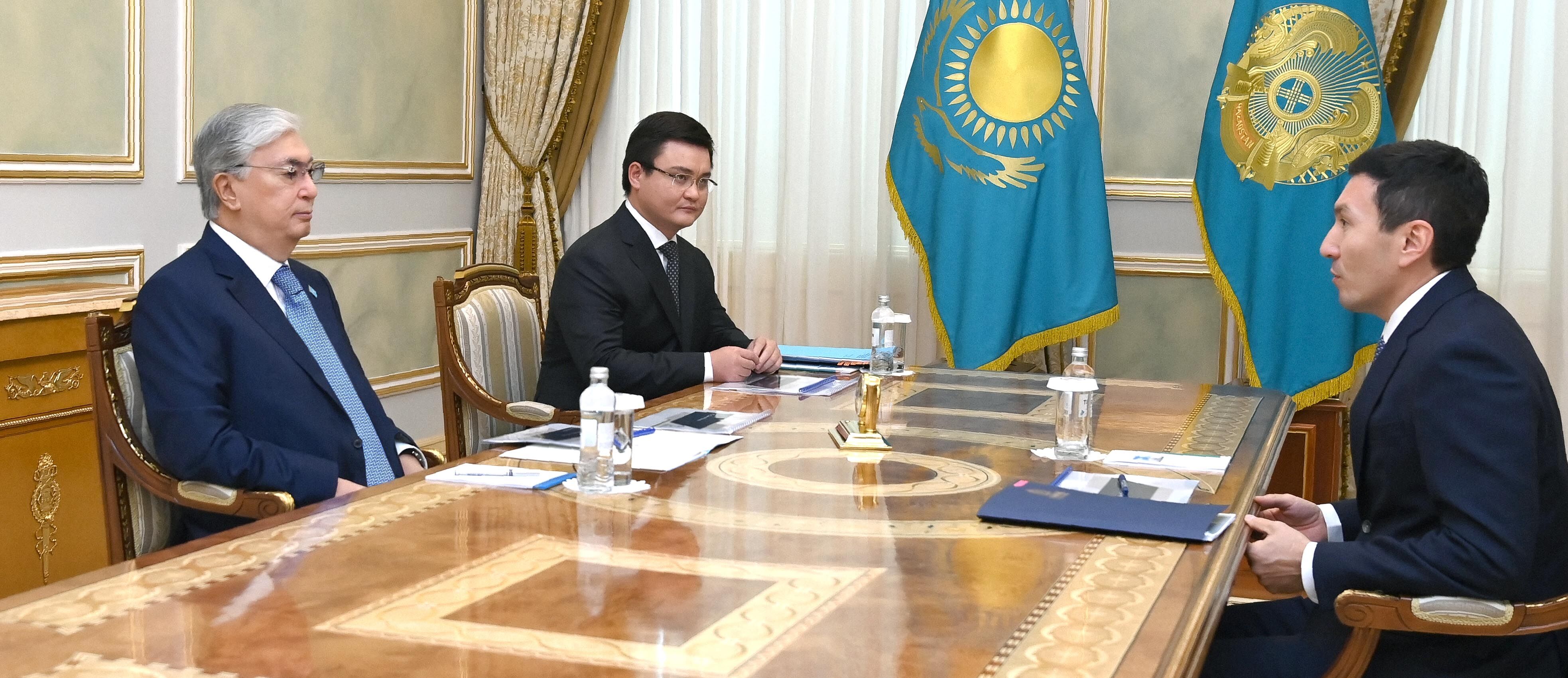
In the event of shocks—environmental, geopolitical, or economic—are you ready to adjust your plans? Will the period of tariff increases be stretched?
In case of any shocks, we will sit down with the regulator, and the regulator might lower the tariff. They do not necessarily have to consult with us about tariffs. However, there is currently an imbalance and we have an understanding with the government that this situation needs to be corrected. We will inevitably do this, but in a measured and gradual manner.
Why were the dividends paid by your portfolio companies relatively small until recently? Why have they increased over the past two years, and is there potential for their growth?
We calculate dividends according to the cash flow from operating activities, that is the dividends the fund receives from our portfolio companies.
Additionally, dividends take into account the companies’ needs to cover expenses such as debt servicing, maintaining financial stability, sustaining production, and implementing investment projects.
It is important to understand that the group’s portfolio includes both growing companies and those providing socially important services. Part of the income generated goes towards cross-subsidization.
Last year, we paid 238 billion tenge ($536.2 million) in dividends, the year before, 170 billion tenge ($383 million). The increased dividend is a function of the needs of our sole shareholder: the government.
Samruk-Kazyna has no other sources of income. It only earns money from portfolio companies. On average, our corporate profit is about 500 billion tenge ($1.1 billion) a year. Last year, we distributed 238 billion ($536.2 million) as dividends to the state and 67 billion ($151 million) to the "Qazaqstan Halqyna" fund in accordance with the law.
Around 133 billion ($300 million) was allocated to social projects such as the construction of a natality ward, an emergency medical center, and an infectious disease center in Almaty.
Last year, we allocated almost 90% of our dividend income to the needs of the state. Despite this, we still need to service our own debt, which exists not only within our portfolio companies but also at the fund level. Additionally, as mentioned earlier, we need to reduce asset and infrastructure depreciation by investing in new projects to expand our capacities.
We also planned around 100 new projects worth 49 trillion tenge ($110.4 billion). We need around 14 trillion tenge ($31.5 billion) to invest as equity, while the rest must be raised as debt. However, we can only achieve this if the tariffs are commercially attractive, allowing us to secure funds from international financial institutions.
We are facing a significant challenge due to stringent tariff restrictions.
Samruk-Kazyna’s liabilities are diverse: loans, dividends, taxes, and reinvestment. Taking this into account, do you still aim to increase the value of your portfolio companies to $100 billion from the current $80 billion? Is this goal achievable given such a financial load?
We have a clear plan to achieve this goal, focusing on five growth areas. We have already discussed two: enhancing corporate governance efficiency and gradually adjusting our tariffs to reach a break-even point.
The third growth area is attracting foreign direct investment. We see ourselves as a catalyst, forming joint ventures with foreign companies. For example, we partnered with China Power International Corporation to build a 1 GW wind farm, in which we hold a 35% stake, leaving a majority share to the foreign investor. We provide them with administrative and technical support, including land allocation and permit processing. By investing 35% in equity, we share the business risks, enhancing our partner’s trust. We have a dozen such projects totaling over $10 billion.
The fourth growth area involves around 100 potential projects worth 49 trillion tenge ($110.4 billion), ranging from transport and logistics to renewable energy.
The fifth area focuses on developing high-tech manufacturing sectors, such as petrochemicals with projects like “Butadiene” and “Polyethylene,” or the implementation of 5G cellular technology.
Recently, you have noticeably ramped up negotiations with foreign companies. Among others, Russian investors are also involved in various sectors, from nuclear to oil. How do you determine which investor to work with? And how significant are sanctions in this context? Some shareholders of Sibur, your Russian partner in the polypropylene project, are under Western sanctions.
We work with all countries and regions within the existing legislative framework, adhering to all sanction restrictions.
As for Sibur, the company itself is not under sanctions. Perhaps some individuals among its shareholders were or are currently under sanctions, but they are not involved in operational management. Before finalizing any memorandum or agreement, we conduct thorough compliance checks and have specially trained colleagues for this purpose.
Why have Russian investors shown increased interest in Kazakhstan’s assets?
This indicates that Kazakhstan boasts a favorable investment, corporate, and legal climate. Samruk-Kazyna is considered a reliable partner for them.
In all our projects, whether with Russian, Chinese, American, Qatari, or Emirati companies, we are guided primarily by our corporate interests.
When you closed the deal for the Budenovskoye uranium deposit, the population was concerned that Kazakhstan was losing control over key resource assets. Are there plans to further sell off stakes in strategic projects?
By law the national company Kazatomprom must own no less than 51% of any uranium asset. We cannot violate this law and we do not plan to sell off any uranium assets.
Analysts often criticize the portfolio companies of Samruk-Kazyna for their high leverage, calling it hidden government debt, which the state may not be able to cope with in the event of a severe crisis. How financially sound do you consider your portfolio companies to be, and to what extent is the fund able to fulfill obligations on their loans?
The current debt level of the portfolio companies at Samruk-Kazyna is at an acceptable level, based on debt-to-EBITDA financial ratio, which we monitor on a quarterly basis. Thus, there are no debt repayment risks. However, with our upcoming projects our debt will grow.
Our credit rating is now equivalent to the sovereign credit rating, namely BBB, according to S&P, which means that we are a financially stable organization.
Поддержите журналистику, которой доверяют.





